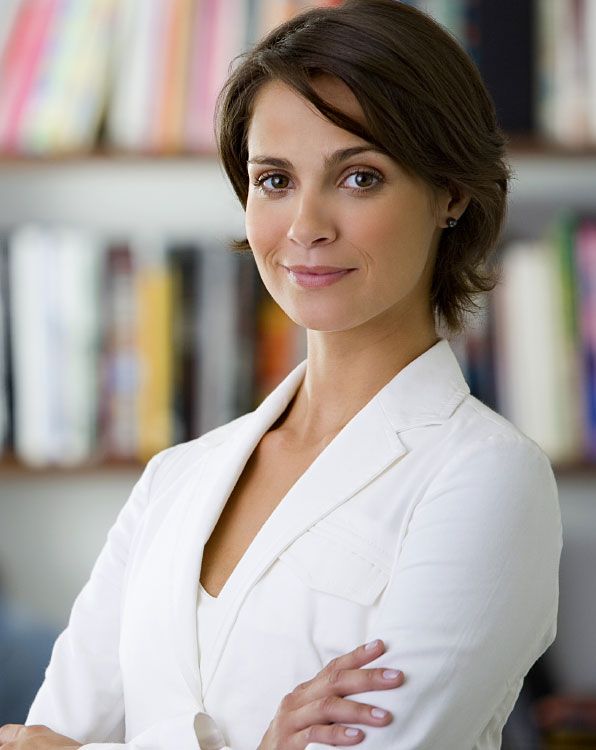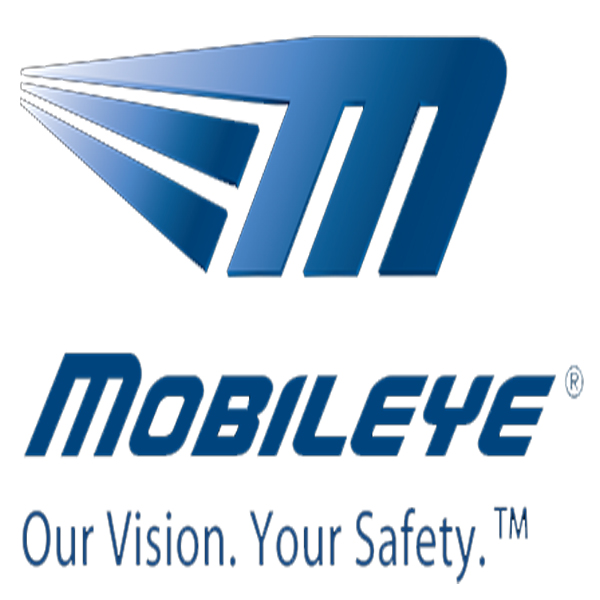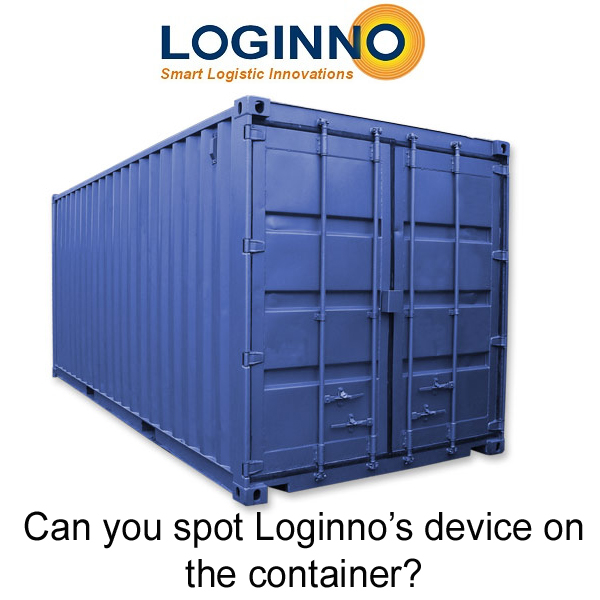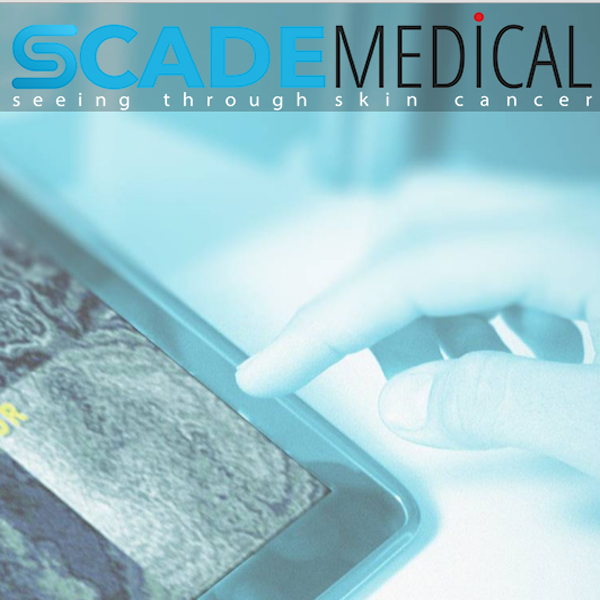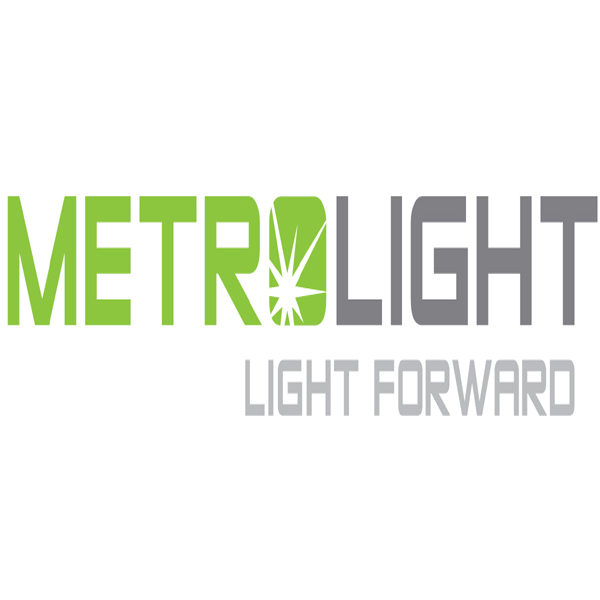ABOUT US
Farber Patents is a boutique intellectual property law firm offering since 2007 creative approaches to our clients’ specific intellectual property requirements and budget.
OUR SERVICES
International patent filings; for new inventions, products or methods. Managing patent portfolios of well known companies, achieving the most appropriate patent protection strategy.
OUR EXPERIENCE
Experience in the following sectors: Mechanics, Audio, Optics, Communications, Electronics/Software, Medical Devices, Chemistry, Agriculture…
ABOUT DR. FARBER
 Dr. Farber is a patent attorney registered to practice patent law before the Israel Patent Authority and as a patent agent before the United States Patent and Trademark Office. He obtained his A.B degree in physics from Princeton University and a PhD degree in physics from Brandeis University with expertise in condensed matter physics. He held professional positions in: US Army Materials Research Laboratory, Israeli companies including El-Op, Ophir Optronics, Foxcom Wireless (now Mobile Access), and Optical Access (MRV).
Dr. Farber is a patent attorney registered to practice patent law before the Israel Patent Authority and as a patent agent before the United States Patent and Trademark Office. He obtained his A.B degree in physics from Princeton University and a PhD degree in physics from Brandeis University with expertise in condensed matter physics. He held professional positions in: US Army Materials Research Laboratory, Israeli companies including El-Op, Ophir Optronics, Foxcom Wireless (now Mobile Access), and Optical Access (MRV).
NEED AN INITIAL CONSULTATION?
Filing for a Patent can be complicated, I am on hand to help you determine the patentability of your product or process and identify patentable features at no cost for the initial consultation.
I am here to help answer all your questions
Leave a message in our internet contact form:
Or contact directly via the social contact details below:
Looking forward to hearing from you.
OUR SERVICES

International patent filings;
for new inventions, products or methods
for new machines, devices (but not for methods)
A design is the outward appearance of a product or part of it, resulting from the lines, contours, colors, shape, texture, materials and/or its ornamentation. Organisations ranging from small and medium-sized enterprises (SMEs) to huge multinationals use the designs registration system to protect products, such as industrial or handicraft items, including packaging, graphic symbols and typefaces.
Patent invalidation and consultation with respect to avoiding patent infringement
For investors before investments or mergers: Conducting Due diligence analyses on the potential investments & acquisitions and determining whether the transaction is sound and lucrative.
Reviewing the current portfolio and recommending measures to enhance the organizational effectiveness and reduce risks.
Providing comprehensive Support Services For IP Litigation.
Assisting lawyers, expert witnesses and IP attorneys at every stage of a patent litigation life cycle – across multiple technologies.

International patent representation
Special Start-UP program
NEED HELP WITH YOUR INVENTION?
Contact us now to help you determine the patentability of your idea and identify it’s new and problem solving features.
AS A POLICY – INITIAL CONSULTATION IS FREE
OUR CUSTOMERS
OUR COMMITMENT TO SERVE YOU
 “We manage patent portfolios of well known companies. We achieve the most appropriate patenting strategy for protection of their inventions. We view our clients as partners and work collaboratively with them to achieve results they can measure.”
“We manage patent portfolios of well known companies. We achieve the most appropriate patenting strategy for protection of their inventions. We view our clients as partners and work collaboratively with them to achieve results they can measure.”
Dr. Hanan (Allan) Farber • Reg. US Patent Agent and Patent Attorney (Israel)
WHAT OUR CUSTOMERS SAY ABOUT US
Hanan has been instrumental to Loginno’s successful IP-related initiatives since its inception. With Hanan, we have devised and executed a lean global patenting strategy, and have been granted 3 out of the 3 patents for which we applied. Hanan’s strengths are in both writing a strongly patentable application, and in using smart tactics with different patent examiners thus making sure every application passes each thorough and complex examination process. Highly recommended!
In recent years I have developed several products for the printing and binding of books. In the beginning like other inventors who start the patent application process I had no idea of any kind regarding patenting. Dr. Hanan Farber accompanied and explained all stages, so I understood what to do, and to make informed decisions about obtaining a patent. With extensive experience in the field of intellectual property, he knew how to recommend the right process in terms of the patent itself, and in terms of costs. Indeed he proved himself, and I reached the final stage of obtaining a patent successfully without the costs being excessive. On a personal level it is a pleasure to work with him, because he is caring, understanding and welcoming. I would recommend anyone to him who wants to know about the right way to go about getting a patent, and also I continue to use his services
QUESTIONS ABOUT A PATENT ISSUE? ASK US NOW.
OUR BLOG
A patent confers upon its holder, for a limited period, the right to exclude others from exploiting (making, using, selling, importing) the patented invention, except with the consent of the owner of the patent.
A patent is a form of ‘industrial property’, which can be assigned, transferred, licensed or used by the owner.
Patents are territorial, in effect e.g. an Israeli patent is only valid in Israel.
In order to receive protection as a patent, the invention must be technological, generally a product or a process, not an abstract idea nor aesthetic creation, novel, and not an obvious combination of existing products or processes. So, in order to determine novelty, the hopeful entrepreneur before spending too much time and money, should conduct what is known as a “prior art search” A good suggestion with respect to a product is to start by searching the web for the proposed product for sale. Other avenues may include library services available in various jurisdictions or specialty catalogs that may carry a product such as yours. If you do not find your proposed product at this initial stage or you find something that does something similar but you think your product does it better, then it may be time to do a preliminary prior art search which may include patents and/ or technical papers for example.
It is possible for an inventor to do a fairly good preliminary prior search themselves. After a preliminary search it may be a good idea to have a professional patentability search which are generally performed by companies with expertise in patent research. Cost of such a search is around 500 USD.
Once you have selected a practitioner, one of the first tasks and probably one of the most important task is to determine the scope of your invention. For this purpose, you should provide your practitioner with some information, one or more sketches, drawings and/or written description which describe sufficient detail so that the practitioner may research the field of interest, determine the closest prior references, products, publications (known collectively as “prior art”)and compare them to your disclosed invention. If you already have references which you believe are representative of the closest prior art, you should provide these to your practitioner as a starting point.
At this point, a short paragraph is drafted which describes the scope of your invention emphasizing the elements or steps which are novel and significant.
Once an initial scope of your invention is found, it may be advisable to search again specifically using keywords based on the short paragraph describing your disclosure. The short paragraph will eventually be used as a basis for a claim which defines the scope of the invention in legal language in the patent application. The second or even a third search may be used recursively to further refine the claim that will eventually define the scope of invention in the patent application to be filed. The extra searching is intended to mimic the searches performed by a patent Examiner and will reduce the chances of receiving an outright novelty rejection of overly broad claims.
Now is the time for the inventors to brainstorm in cooperation with the patent practitioner in order to come up with the most comprehensive single inventive concept which best describes the invention.
Online patent authorities vary in the amount of information disclosed about patent applications, as well as the amount of access for an applicant/ inventor to file things with respect to their patent applications online. Some web interfaces are easier to use. Here are some links:
Worlwide Intellectual Property Office (WIPO)- Patent Scope Search
USPTO- United States Patent and Trademark Office
IPSUM- United Kindom Online Patent Information and Document Inspection Service
Need some clues as how to respond to an office action from various patent jurisdictions? Here are some useful blogs/ websites:
Patentably Defined (deals with items with respect to USPTO)
PEER TO PATENT (provides a comparison of examination strategies of various jurisdictions via ‘crowd sourcing’ techniques). Crowd sourcing is the practice of obtaining needed services, ideas, or content by soliciting contributions from a large group of people, and especially from an online community, rather than from traditional employees or suppliers.
What is a design?
A design is the outward appearance of a product or part of it, resulting from the lines, contours, colours, shape, texture, materials and/or its ornamentation. Organisations ranging from small and medium-sized enterprises (SMEs) to huge multinationals use the designs registration system to protect products, such as industrial or handicraft items, including packaging, graphic symbols and typefaces.
Designview is an online consultation tool allowing any Internet user to search, free of charge, the designs of all participating offices, including Office of Harmonization for the Internal Market (OHIM) and National Offices. It gives access to design applications and registrations provided by the participating offices though a single platform. Each office owns the content it makes available and is responsible for its daily update.
Trade marks are badges of origin. They distinguish the goods or services of one trader from another and can take many forms; for example words, slogans, logos, shapes, colours and sounds.
Trade Marks are registered for specific goods or services within individual subjects, known as classes. It is possible for others to register identical or similar marks as long as it is in a different, unconnected class. For example Swan rental cars, Swan matches and Swan electricals.
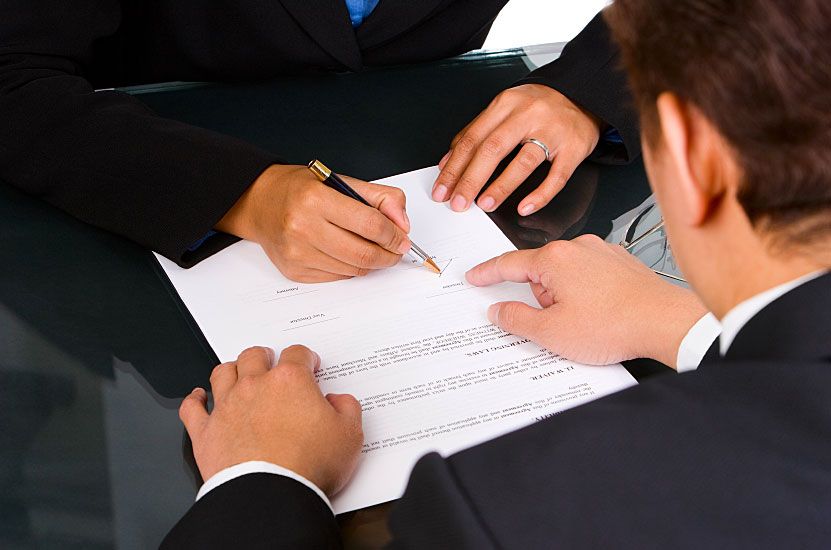
QUESTIONS ABOUT A PATENT ISSUE? ASK US NOW.

Inventors Corner



Preliminary disclosure of your invention
Once you have selected a practitioner, one of the first tasks and probably one of the most important task is to determine the scope of your invention. For this purpose, you should provide your practitioner with some information, one or more sketches, drawings and/or written description which describe sufficient detail so that the practitioner may research the field of interest, determine the closest prior references, products, publications (known collectively as “prior art”)and compare them to your disclosed invention. If you already have references which you believe are representative of the closest prior art, you should provide these to your practitioner as a starting point.
In order to be a patentable invention, your disclosure needs to have at least one significant feature which was not previously disclosed in the closest prior art reference. Patentability also requires that your “invention” not be a straightforward combination of elements (or steps of a process) which are already known from two or more prior art references.
At this point, a short paragraph is drafted which describes the scope of your invention emphasizing the elements or steps which are novel and significant.
Once an initial scope of your invention is found, it may be advisable to search again specifically using keywords based on the short paragraph describing your disclosure. The short paragraph will eventually be used as a basis for a claim which defines the scope of the invention in legal language in the patent application. The second or even a third search may be used recursively to further refine the claim that will eventually define the scope of invention in the patent application to be filed. The extra searching is intended to mimic the searches performed by a patent Examiner and will reduce the chances of receiving an outright novelty rejection of overly broad claims.
Now is the time for the inventors to brainstorm in cooperation with the patent practitioner in order to come up with the most comprehensive single inventive concept which best describes the invention.
Online patent authorities vary in the amount of information disclosed about patent applications, as well as the amount of access for an applicant/ inventor to file things with respect to their patent applications online. Some web interfaces are easier to use. Here are some links:
Below are links to Prior Art Data Base Searches:
Need some clues as how to respond to an office action from various patent jurisdictions?
Below are some useful blogs/ websites:
- Patentably Defined (deals with items with respect to USPTO)
- PEER TO PATENT (provides a comparison of examination strategies of various jurisdictions via ‘crowd sourcing’ techniques). Crowd sourcing is the practice of obtaining needed services, ideas, or content by soliciting contributions from a large group of people, and especially from an online community, rather than from traditional employees or suppliers.

QUESTIONS ABOUT A PATENT ISSUE? ASK US NOW.

DESIGN


Trade marks are badges of origin. They distinguish the goods or services of one trader from another and can take many forms; for example words, slogans, logos, shapes, colours and sounds.
Trade Marks are registered for specific goods or services within individual subjects, known as classes. It is possible for others to register identical or similar marks as long as it is in a different, unconnected class. For example Swan rental cars, Swan matches and Swan electricals.
- Available in some countries
- Protection is normally for 10 years
- Device or Machine (not methods)
- Novelty
- Inventive step not required
One good way of getting your idea over to a patent agent is to produce a disclosure document. The disclosure document should include at the most two drawings which explains your idea to the patent agent. Your disclosure document should be on one to two sides side of A4 which includes a brief description of the drawings. At the end of the description it is a good idea to state in one or two sentences what is new about your idea and why your idea is better than similar ideas of the competition (a problem/ solution statement). You may also attach any prior art you have found or inform the Patent Agent of who you think are the main competitors.
Utility Model or a Design Patent are some of the other options available.
Some Patent Jurisdictions have grace periods so you have a grace period from the first date of sale to apply for a patent in some Jurisdictions.
Yes, if the improvement is patentable, that is it is new and inventive. But don’t offer the product for sale before a patent application is filed.
No, but laws other than patent law may apply.
Under Israeli law, the owner of the invention is determined by the employment contract. In absence of a contract, the inventor may be required to inform the employer regarding the invention. Any dispute regarding ownership may be taken up with the patent registrar.
The monopoly conveyed by the patent cannot be enforced until after the patent is granted. However, a patent application will generally deter another from copying in a jurisdiction in which a well drafted patent application is on record.
A first filing can be up to a few thousand dollars. After which a considerable investment is required depending on the process chosen and the number of countries patent protection is sought. Costs include responses to official communications and often annual fees.
Typically by a first and a second filing. A first filing may be in jurisdiction anywhere or may be US provisional application. The first filing has a filing date which is the priority date. A second filing may then be made within 12 months of the first filing date. The second filing requests the priority date under Paris convention. The Second filing may be PCT international application which extends priority another 18 months. The PCT international application then enters a national/regional phase after 30 months from the first filing.
An idea is not an invention. The disclosure in a patent application needs to be sufficiently detailed to allow an another to build the invention.
Protection means that an invention granted in a country cannot be commercially made, used, distributed, imported, or sold by others in the country without the patent owner’s consent for the term of the patent.
A patent is a monopoly granted for a product or process which is technological. A patent cannot be granted for an abstract idea, a natural substance/ natural phenomenon or a computer program (as such).
OUR COMMITMENT TO SERVE YOU
 “We manage patent portfolios of well known companies. We achieve the most appropriate patenting strategy for protection of their inventions. We view our clients as partners and work collaboratively with them to achieve results they can measure.”
“We manage patent portfolios of well known companies. We achieve the most appropriate patenting strategy for protection of their inventions. We view our clients as partners and work collaboratively with them to achieve results they can measure.”
Dr. Hanan (Allan) Farber • Reg. US Patent Agent and Patent Attorney (Israel)
ABOUT DR. FARBER
 Dr. Farber is a patent attorney registered to practice patent law before the Israel Patent Authority and as a patent agent before the United States Patent and Trademark Office. He obtained his A.B degree in physics from Princeton University and a PhD degree in physics from Brandeis University with expertise in condensed matter physics. He held professional positions in: US Army Materials Research Laboratory, Israeli companies including El-Op, Ophir Optronics, Foxcom Wireless (now Mobile Access), and Optical Access (MRV).
Dr. Farber is a patent attorney registered to practice patent law before the Israel Patent Authority and as a patent agent before the United States Patent and Trademark Office. He obtained his A.B degree in physics from Princeton University and a PhD degree in physics from Brandeis University with expertise in condensed matter physics. He held professional positions in: US Army Materials Research Laboratory, Israeli companies including El-Op, Ophir Optronics, Foxcom Wireless (now Mobile Access), and Optical Access (MRV).
NEED AN INITIAL CONSULTATION?
Filing for a Patent can be complicated, I am on hand to help you determine the patentability of your product or process and identify patentable features at no cost for the initial consultation.
I am here to help answer all your questions
Leave a message in our internet contact form:
Or contact directly via the social contact details below:
Looking forward to hearing from you.
LET’S GET STARTED
We’re here to help answer your questions. Filing for a Patent can be complicated, we are on hand to help you determine the patentability of your product or process and identify patentable features at no cost for the initial consultation. looking forward to hearing from you.



